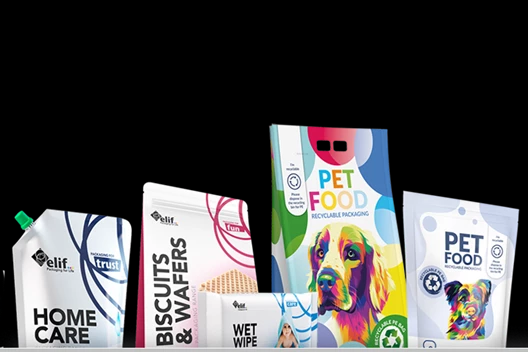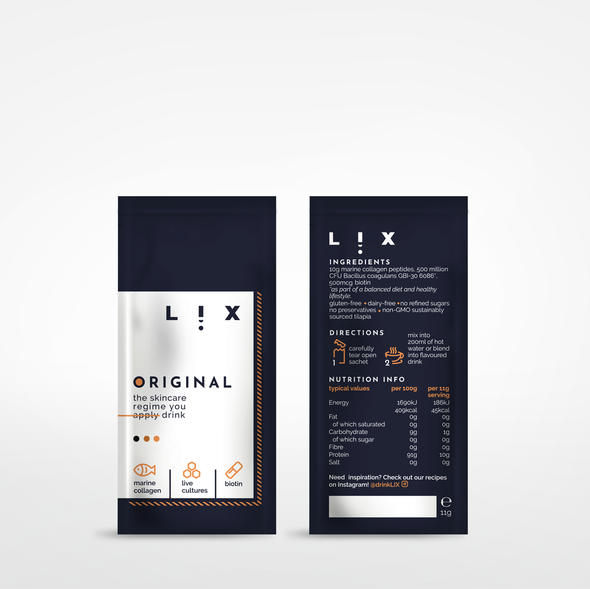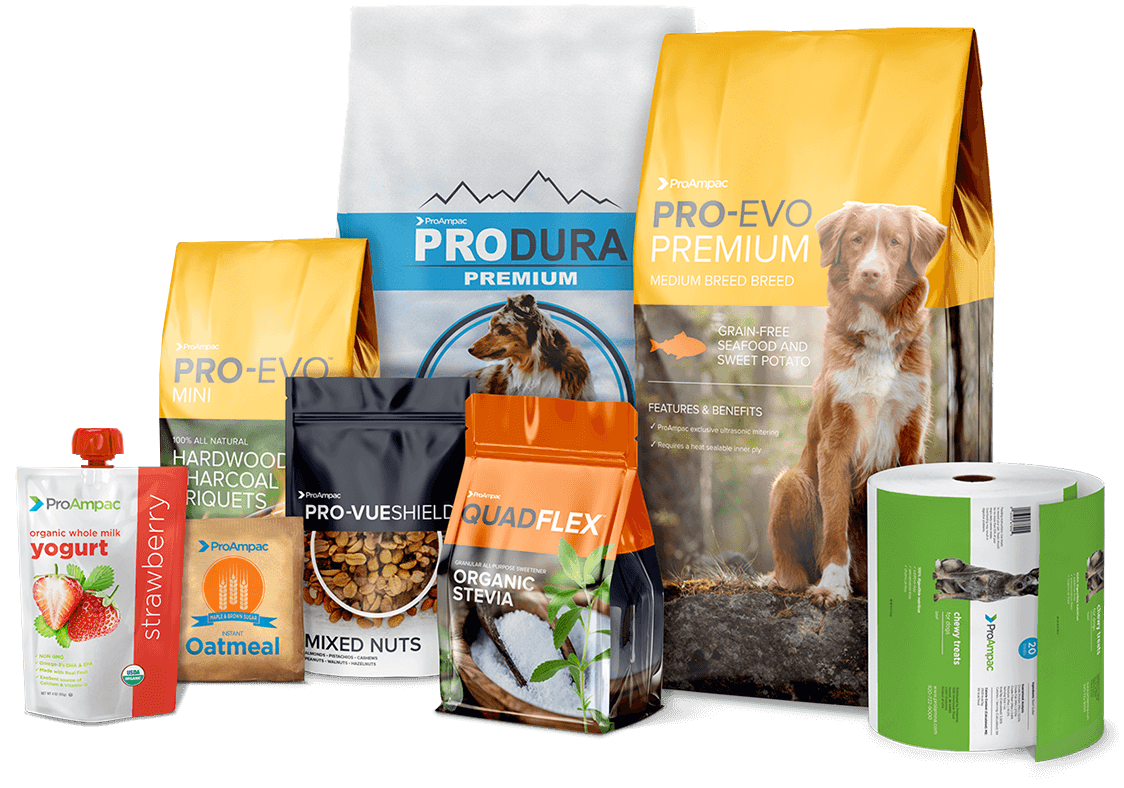This article dives deep into the ongoing debate about the environmental impact of packaging, specifically comparing the carbon footprint of plastic and corrugated cardboard. We’ll explore the complexities of sustainability in the packaging material world, helping you understand the factors influencing a product’s environmental impact and making informed decisions about choosing the right packaging to recycle. This is worth reading because understanding the true environmental cost of your packaging choices is no longer a luxury – it’s a necessity for businesses and consumers alike.
1. What Exactly Is a Carbon Footprint in Packaging?
The carbon footprint of packaging represents the total amount of greenhouse gas (GHG) emissions generated throughout its entire lifecycle. This "lifecycle" encompasses everything from raw material extraction and the packaging process to manufacturing, transportation, use, and, finally, end-of-life disposal (whether it’s recycling, landfill, or incineration). It’s a comprehensive measure, usually expressed in kilograms (kg) of carbon dioxide equivalent (CO2e), that helps us understand the environmental impact of different packaging materials.
Think of it like this: every step in creating and using a package requires energy. This energy often comes from burning fossil fuels, which releases carbon emissions into the atmosphere. The carbon footprint tallies up these emissions across the entire supply chain, providing a single number to represent the climate change impact of that particular packaging. This is crucial for evaluating the sustainability of the packaging industry.
2. Why Should Businesses and Consumers Care About Packaging’s Carbon Footprint?
Caring about the carbon footprint of packaging isn’t just about being environmentally conscious; it’s also about smart business and responsible consumption. For businesses, reducing their carbon footprint is increasingly linked to brand reputation and consumer loyalty. Many consumers, particularly younger generations, are actively seeking out products with eco-friendly packaging and are willing to pay more for them. A 2021 study showed that almost half of consumers are willing to pay more for sustainable product.
Beyond consumer perception, reducing carbon emissions often translates to cost savings. Optimizing packaging designs to use less material, choosing packaging materials with lower carbon footprints, and improving recycling rates can all lead to significant financial benefits. From a global perspective, minimizing the environmental impact of packaging is critical to mitigating climate change and preserving our planet’s resources. Embracing corporate sustainability is no longer optional.
3. How is the Carbon Footprint of Different Packaging Materials Measured?
Measuring the carbon footprint of different packaging materials is a complex process that relies on Life Cycle Assessment (LCA) methodology. LCA is a standardized, scientific approach that systematically analyzes the environmental impacts of a product throughout its entire life cycle, from "cradle to grave."
An LCA for packaging considers several key factors:
- Raw Material Extraction: The energy and resources needed to obtain the raw materials (e.g., crude oil for plastic, trees for paper and cardboard).
- Manufacturing Process: The energy consumption and emissions associated with converting raw materials into finished packaging.
- Transportation: The fuel used and distances traveled to transport materials and finished products.
- Use Phase: Any environmental impacts during the product’s use (e.g., refrigeration requirements).
- End-of-Life: The emissions associated with disposal – recycling, landfill, or incineration.
- Using recycled content.
The LCA compiles data from different sources, such as the Ecoinvent database, and uses established models to calculate the overall carbon footprint, typically expressed as kg of CO2e per functional unit (e.g., per 1000 beverage containers). The life cycle analysis considers all forms of greenhouse gas.
4. Plastic Packaging: What’s the Real Environmental Story?
Plastic packaging often gets a bad rap, and for good reason. Traditional plastic is derived from fossil fuels, a non-renewable resource, and its production is energy-intensive, resulting in significant carbon emissions. However, the story is more nuanced than simply declaring all plastic "bad."
The carbon footprint of plastic packaging varies considerably depending on the type of plastic (e.g., polyethylene, PET, polypropylene), the manufacturing process, and whether it’s made from virgin or recycled material. Recycled content dramatically lowers the carbon footprint. Furthermore, plastic is often lightweight, which can reduce transportation emissions compared to heavier materials.
The problem with plastic, though, often lies in its end-of-life. While some plastic packaging is recyclable, recycling rates remain relatively low in many regions. Much plastic ends up in landfill, where it can take hundreds of years to decompose, or worse, contributes to plastic pollution in the environment. Incineration also releases greenhouse gas.
It is important to recognize the environmental effect.

5. Is Cardboard Packaging Truly the Greener Option?
Cardboard packaging, particularly corrugated cardboard, is often perceived as a more sustainable alternative to plastic. Cardboard is often made from a renewable resource (trees) and is generally biodegradable and recyclable. However, it’s crucial to consider the full picture.
The carbon footprint of cardboard packaging depends heavily on factors such as:
- Sourcing: Is the wood pulp sourced from sustainably managed forests?
- Manufacturing: The paper and cardboard production process can be energy-intensive, especially if using virgin pulp.
- Recycled Content: Using recycled paper and cardboard significantly reduces the carbon impact.
- Weight: Cardboard is often heavier than plastic, which can increase transportation emissions.
- The amount of carbon emissions.
While a cardboard box might seem inherently "green," if it’s made from virgin pulp, transported long distances, and then ends up going to landfill, its overall carbon footprint might be surprisingly high. However, if it’s made from recycled material, used efficiently, and recycled properly, it can offer a lower carbon footprint compared to some plastic alternatives. Reducing the carbon footprint is a complex problem.
6. What Role Does Recycling Play in Reducing the Carbon Footprint?
Recycling plays a pivotal role in reducing the carbon footprint of all packaging materials. When materials are recycled, we avoid the emissions associated with extracting and processing virgin resources. This significantly reduces the energy consumption and greenhouse gas emissions associated with packaging production.
For plastic packaging, recycling diverts material from landfill and reduces the need for new plastic production. For cardboard packaging, recycling conserves trees and reduces the energy required for pulping and paper making. It reduces carbon emissions.
However, it’s important to remember that recycling isn’t a perfect solution. Collection and sorting systems vary in efficiency, and some materials are more easily recycled than others. Contamination (e.g., food residue on packaging) can also hinder the recycling process. The type of packaging means a lot to recyclability.
7. Beyond Recycling: Other Ways to Lower Packaging’s Environmental Impact.
While recycling is essential, it’s just one piece of the puzzle. A holistic approach to reducing the environmental impact of packaging involves several other strategies:
- Reduce: The most effective way to minimize packaging’s impact is to use less of it in the first place. This can involve optimizing designs to use less material, eliminating unnecessary layers, and switching to concentrated products that require smaller packages.
- Reuse: Encouraging the reuse of packaging, such as refillable containers or reusable shopping bags, can significantly extend the lifespan of materials and reduce the need for new packaging.
- Choose Sustainable Materials: Opting for packaging materials made from renewable resources (e.g., plant-based plastics, sustainably sourced paper) or with high recycled content can reduce the carbon footprint.
- Design for Recyclability: Designing packaging to be easily recycled is crucial. This includes using materials that are widely recycled, avoiding mixed materials that are difficult to separate, and using clear labeling to inform consumers about proper disposal.
- Using lightweight materials will reduce your carbon.
8. How Do Transportation and Logistics Factor into the Equation?
Transportation is a significant contributor to the carbon footprint of packaging. The distance materials and finished products travel, the mode of transport (truck, ship, rail, air), and the weight and volume of the packaging all play a role.
Here’s how transportation impacts the equation:
- Distance: The farther packaging travels, the higher the associated fuel consumption and emissions. Sourcing materials and manufacturing products closer to the point of sale can significantly lower impact.
- Mode of Transport: Different modes of transport have varying carbon emissions per ton-mile. Rail and sea freight are generally more fuel-efficient than trucking, while air freight has the highest carbon footprint.
- Weight and Volume: Lighter and more compact packaging reduces fuel consumption during transport. This is where plastic packaging can sometimes have an advantage over heavier materials like glass or cardboard.
Optimizing logistics, such as consolidating shipments, using efficient routing, and maximizing load capacity, can help minimize transportation emissions.
9. What Innovations are Emerging in Sustainable Packaging?
The packaging industry is undergoing a rapid transformation, driven by growing consumer demand for sustainable packaging and increasing pressure on businesses to reduce their environmental impact. Numerous innovations are emerging, offering promising solutions for a lower carbon future:
- Bio-based Plastics: These plastics are derived from renewable resources like corn starch or sugarcane, rather than fossil fuels. While not all bio-based plastics are biodegradable, they offer a lower carbon footprint in terms of raw material sourcing.
- Compostable Packaging: This type of packaging breaks down naturally under specific composting conditions, returning to organic matter. Compostable materials can include paper, cardboard, and certain types of bio-based plastics.
- Edible Films: A cutting-edge innovation, edible films are thin layers of packaging material that can be consumed along with the product, eliminating waste altogether. These are typically made from plant-based materials like seaweed or starch.
- Reusable Packaging Systems: Companies are increasingly exploring reusable packaging models, where containers are collected, cleaned, and refilled, rather than being discarded after a single use.
- Mushroom Packaging: Mycelium, that is the root structure of mushrooms, is being used to grow packaging that is sturdy and compostable.
These and other innovations hold the potential to revolutionize the packaging landscape and significantly reduce its environmental impact.
10. The Future of Packaging: Towards a Circular Economy.
The ultimate goal for packaging sustainability is to move towards a circular economy model. In a circular economy, materials are kept in use for as long as possible, minimizing waste and maximizing resource efficiency. This contrasts with the traditional linear "take-make-dispose" model.
Key principles of a circular economy for packaging include:
- Design for Durability and Reusability: Creating packaging that can be used multiple times, rather than being single-use.
- Prioritize Recyclability and Compostability: Ensuring that packaging materials can be easily recycled or composted at the end of their life.
- Use Recycled and Renewable Materials: Maximizing the use of recycled content and renewable resources in packaging production.
- Eliminate Waste and Pollution: Designing packaging systems that minimize waste generation and prevent packaging from ending up in the environment.
- Collaboration Across the Supply Chain: Effective circularity requires collaboration between material suppliers, packaging manufacturers, brands, retailers, waste management companies, and consumers.
Achieving a truly circular economy for packaging will require significant changes in infrastructure, technology, and consumer behavior. But the potential benefits – reduced carbon emissions, resource conservation, and a cleaner planet – are well worth the effort. It is important to take steps.
11. HADL Packaging: Your Partner
Allen, from HADL Packaging in China, provides a vast array of flexible packaging solutions tailored to diverse industries. We cater to businesses in the USA, North America, Europe, and Australia, understanding the unique needs of each market.
Our product line includes:
- Soft Services Packaging Accordion Pouch Bags: Expandable design for efficient storage and shipping.
- Cosmetics Packaging Back-Sealed Pouch Bags: Sleek and secure packaging for beauty products.
- China Plastik Packaging Envelope Pouch: Versatile pouches for various applications.
- Soft Touch Pack Flat Pouch: Premium feel for enhanced consumer appeal.
- Flat Bottom Pouch: Stable and shelf-friendly.
- All Natural Packaging Gusseted Pouch Bag: Expandable capacity for bulkier items.
- Film Wrapping Hand-Hole Pouch Bag: Convenient carrying option.
- Green Beauty Packaging Insert Pouch Bags: Ideal for samples or promotional items.
- Popular Flexible Packaging Irregular Shape Pouch: Custom shapes for unique branding.
- Popular China Eco Friendly Packaging Nozzle Pouch Bags: Easy dispensing for liquids and gels.
- Plastic For Packaging Three-Side Seal Pouch: Secure and versatile.
We offer advanced printing capabilities, including rotogravure and flexographic printing, ensuring vibrant and accurate brand representation. Our packaging materials are made to meet your requirements and comply with all relevant food safety standards. We are also committed to exploring and implementing sustainable material options to meet the growing demand for eco-friendly packaging. HADL Packaging’s commitment to sustainability helps many companies to lower their carbon footprint.

Mark Thompson, a typical customer, represents the values we prioritize. As a company owner or procurement manager, Mark seeks high-quality, cost-effective packaging from suppliers in countries like China. He values innovation and sustainability, focusing on print quality, material durability, sealing integrity, and lead times. He finds suppliers primarily through exhibitions and Google searches, reflecting our key promotion channels. HADL Packaging directly addresses Mark’s pain points – inconsistent print quality, long lead times, sealing issues, and the difficulty in finding truly sustainable options – by offering consistent quality, efficient production, and a range of eco-friendly choices.

Key Takeaways:
- The carbon footprint of packaging is a complex issue with no easy answers.
- Both plastic and corrugated cardboard have environmental pros and cons.
- Recycling is crucial, but reducing, reusing, and choosing sustainable materials are equally important.
- Transportation plays a significant role in packaging’s overall impact.
- Innovations in sustainable packaging are rapidly emerging.
- A circular economy approach is the ultimate goal for packaging sustainability.
- Consider the entire packaging life cycle.
- The data sources you use are important.
- Cardboard packaging can have high emissions.
- Different packaging applications may require different materials.
- The manufacturing impact of the material.
By understanding these complexities, businesses and consumers can make more informed choices and contribute to a more sustainable future for packaging.
Post time: 03-19-2025

